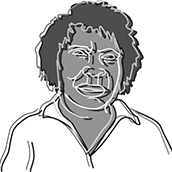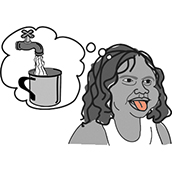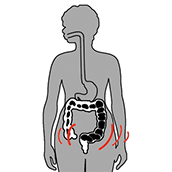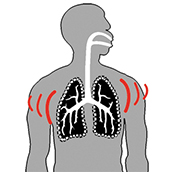AMH 2022 section 1.2.1
Active ingredients (generic names) | PROMETHAZINE (pro-meth-a-zeen)
Other sedating antihistamines Not included in this monograph — see AMH for information:
|
What it is used for |
|
How it works |
|
Side effects |
Sleepy
Dizzy
Blurred vision
Dry mouth
Confusion
Constipation Neuroleptic malignancy syndrome — life threatening reaction presenting with mental status change, rigidity, fever, and increase heart rate, BP and breathing |
 Warnings |
Children under 2 years
Old people
Liver trouble
Epilepsy (fits)
Breathing trouble
Medical consult if needed for more than one week |
 Tell the patient |
Do not drive or operate
Do not drink alcohol (grog) — will make you more sleepy
Return to clinic Warning stickers: 1 |
Check |
|

















